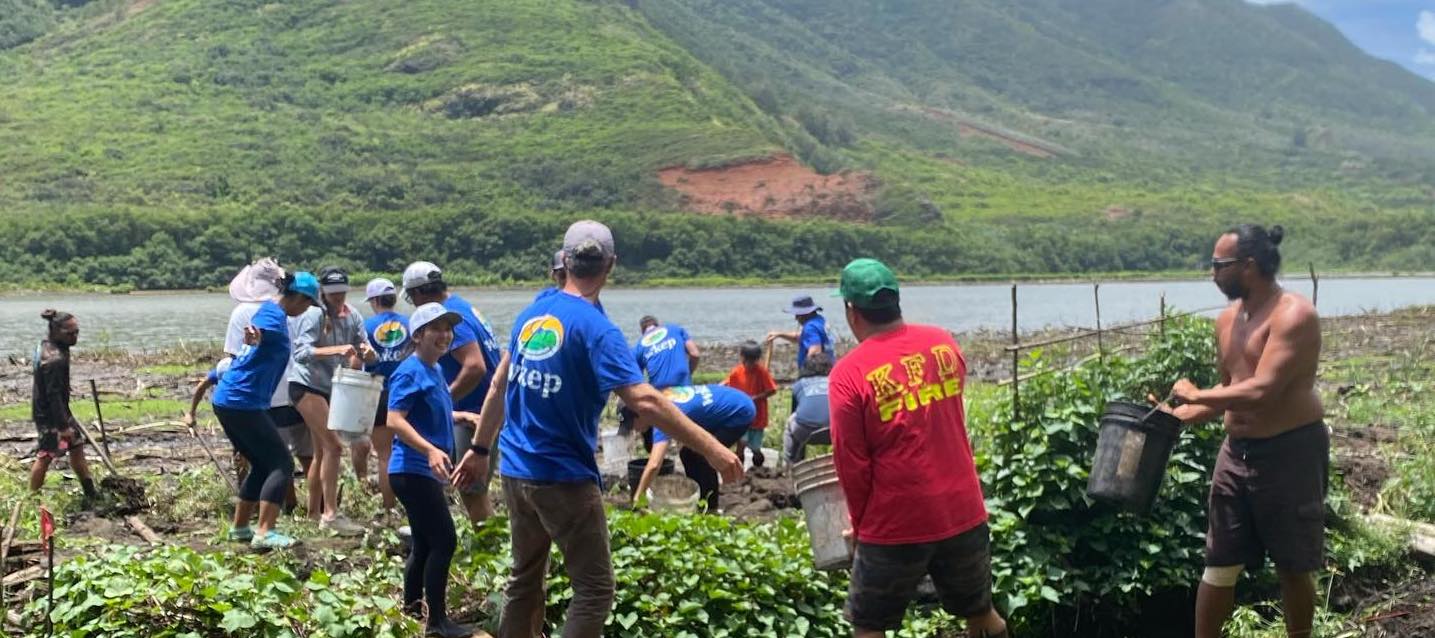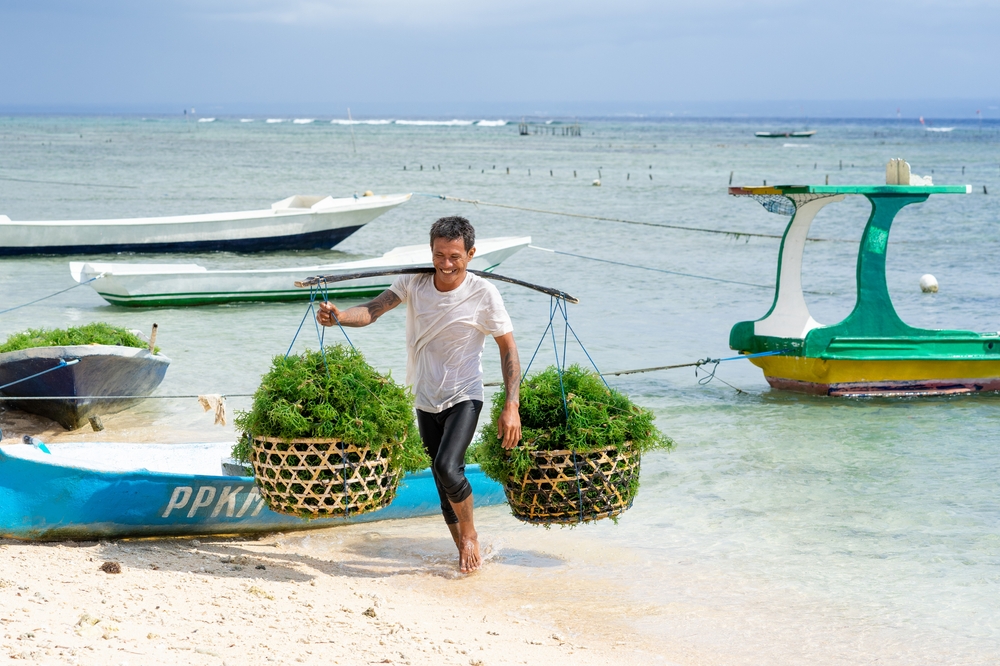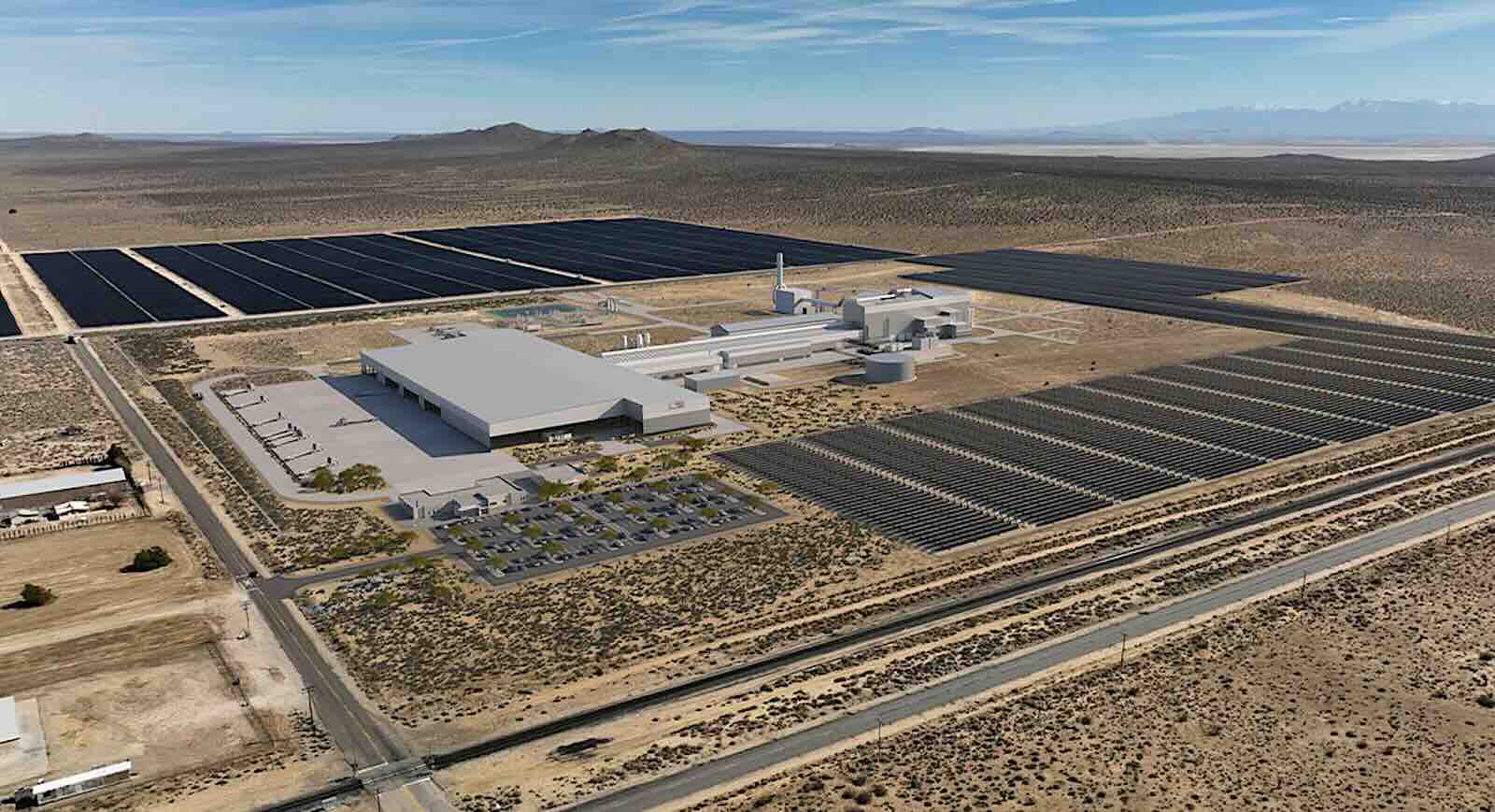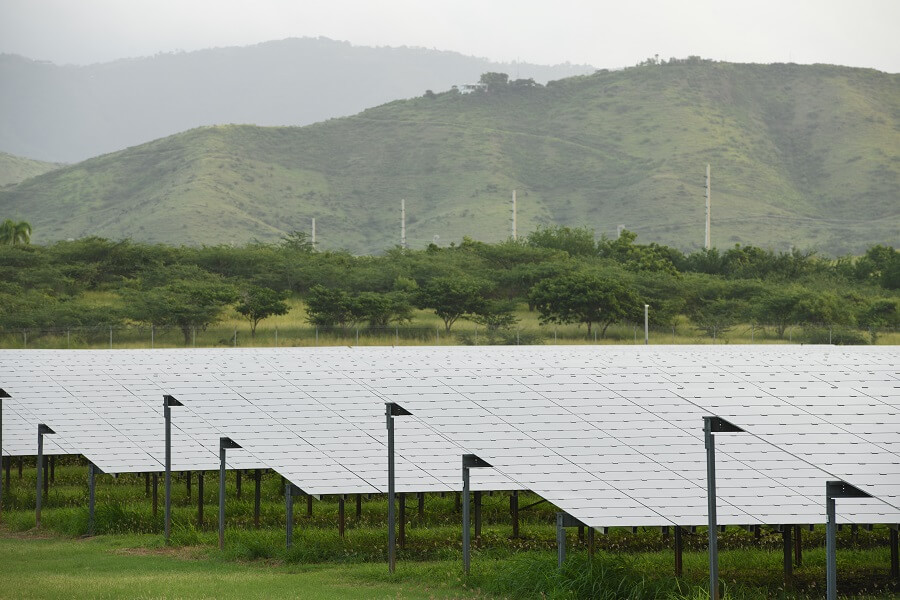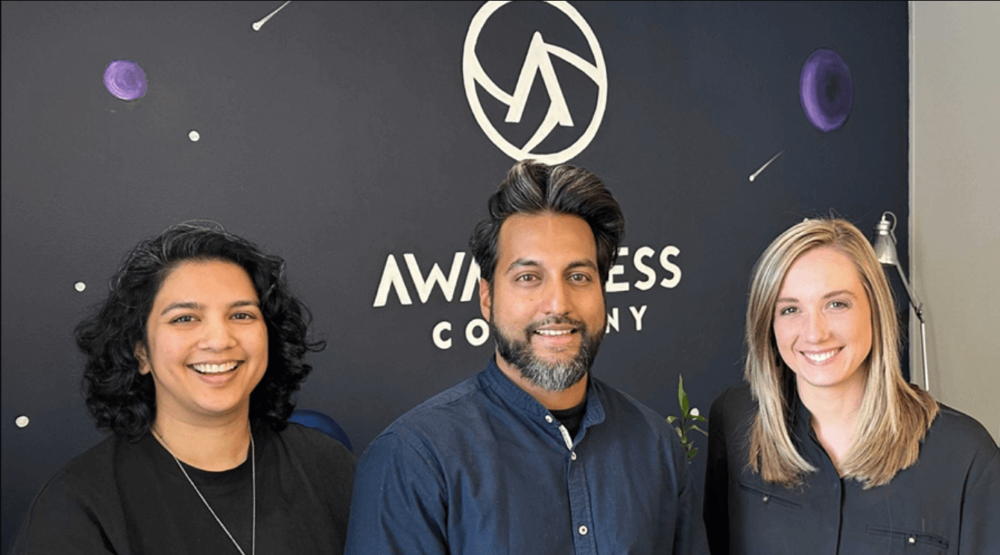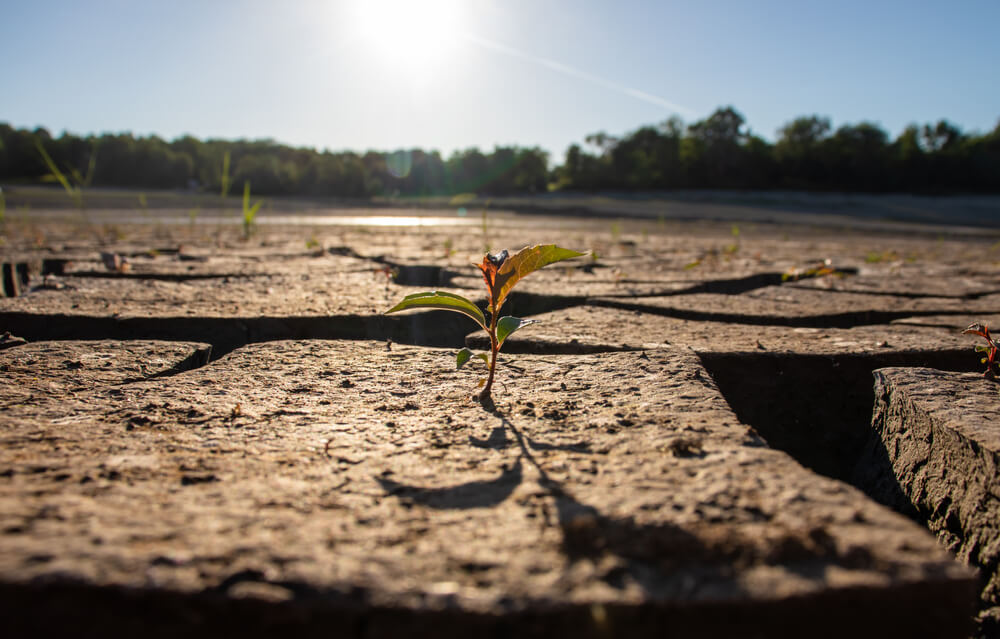ImpactAlpha, December 12 – Food, from farm to table, is responsible for nearly 40% of greenhouse gas emissions, due to carbon-intensive livestock rearing, soil-destructive monocropping, waste and a host of other factors.
At the same time, climate-driven droughts, floods and wildfires are increasing food insecurity around the world, including for the 735 million people who are undernourished.
Yet the sector received just $43 billion, or 3%, of the $1.3 trillion in climate finance last year. Interventions to improve the food system’s climate resilience while ensuring equitable access tend to be small, highly-localized and/or early stage.
“The path to sustainable achievement intertwines inseparably with robust climate actions,” the Food and Agriculture Organization writes. “This symbiotic relationship establishes the crucial link between providing nourishment for today and ensuring a sustainable supply for tomorrow.”
At the COP28 climate summit, the UN agency for the first time released a “roadmap” for greening the global food system. The 10-point plan covers everything from livestock and crops to food waste and soil and water.
The good news: there is an abundance of existing work and models that aligns with the UN roadmap, which attempts to balance food security, health and climate issues. A sample of the work in action:
Ramp up regenerative farming
Farming animals for food, particularly cows and buffalo, accounts for a quarter of food related greenhouse gas emissions and is a major cause of deforestation. How animals are farmed matters. When livestock are integrated into natural ecosystems, they can actually help restore degraded land, as Siċaŋġu Co is proving with a 1,000-head buffalo herd on the Rosebud Sioux tribal lands in South Dakota.
The tribal organization is re-establishing its community’s bond with the buffalo while reviving a 28,000-acre plot of land.
“Buffalo have a habit of wallowing that over time leads to greater biodiversity,” Aaron Epps of Siċaŋġu Co. told ImpactAlpha. “The shape of their hoof allows for better seeding of the grass, and they also have a tendency to graze invasive species.”
The tribe intends to harvest meat for the community and for export, but only enough that the size of the herd can be sustained.
Curb Western meat consumption
Plant-based “meat” was all the rage until it wasn’t. Lab-grown meat is only just entering the consumer market. Both food innovations emerged for the same reason: people eat too much meat, and it’s neither good for the planet nor particularly good for human health (see, “Plant-based versus lab-grown meat opportunity“).
Most “alternative protein” companies are emerging where consumption is highest: wealthy countries in Europe and North America. San Francisco-based Eat Just led the charge in bringing lab-grown meat products to the consumer market. US regulators have since given approval to products from Upside Foods and Good Meat. The Netherlands, home to numerous cultivated meat companies including Meatable and Mosa Meat, became the first European country to approve lab-grown food “tastings.”
Bolster aquaculture livelihoods
Higher income countries can benefit from reduced consumption of animal-source foods, and lower income countries “can benefit from improved access,” the FAO acknowledges. Fish and seafood, the organization argues, is more sustainable than other forms of animal protein, and an important source of livelihoods in low-income countries.
Netherlands-based Aqua-Spark was one of the first impact investors to spot the dual climate and social impacts of sustainable aquaculture. Its investments include sustainable producers like Lake Harvest; tech providers providing farmers with better insights, like Tepbac in Vietnam and BioFishency in Israel; and sustainable feed producers like Molofeed.
Its newest deal: Kenya-based Aquarech, which connects local fish farmers with credit, inputs, cold storage and buyers.
Center women and Indigenous communities
The FAO’s roadmap insists on the need for an “inclusive” food transition, where local context is considered and the needs of vulnerable and marginalized groups are prioritized. Actions, it says, must “promote inclusivity for women, youth and Indigenous communities.”
Indonesia-based Nusantara Fund is investing in Indigenous communities to support agro-forestry livelihoods, climate resilience and local biodiversity. Mexico’s Ejido Verde lends to Indigenous Purhépecha families to undertake sustainable tree planting and harvesting.
Women-managed farms are less productive than male-managed farms due to unequal access to finance, land rights and technology. MCE Social Capital leverages concessional capital to bolster the livelihoods of women in agriculture. Costa Rica-based EcoEnterprises Fund supports sustainable livelihoods in agriculture, ecotourism and forestry sectors in Latin America, focusing on women.



